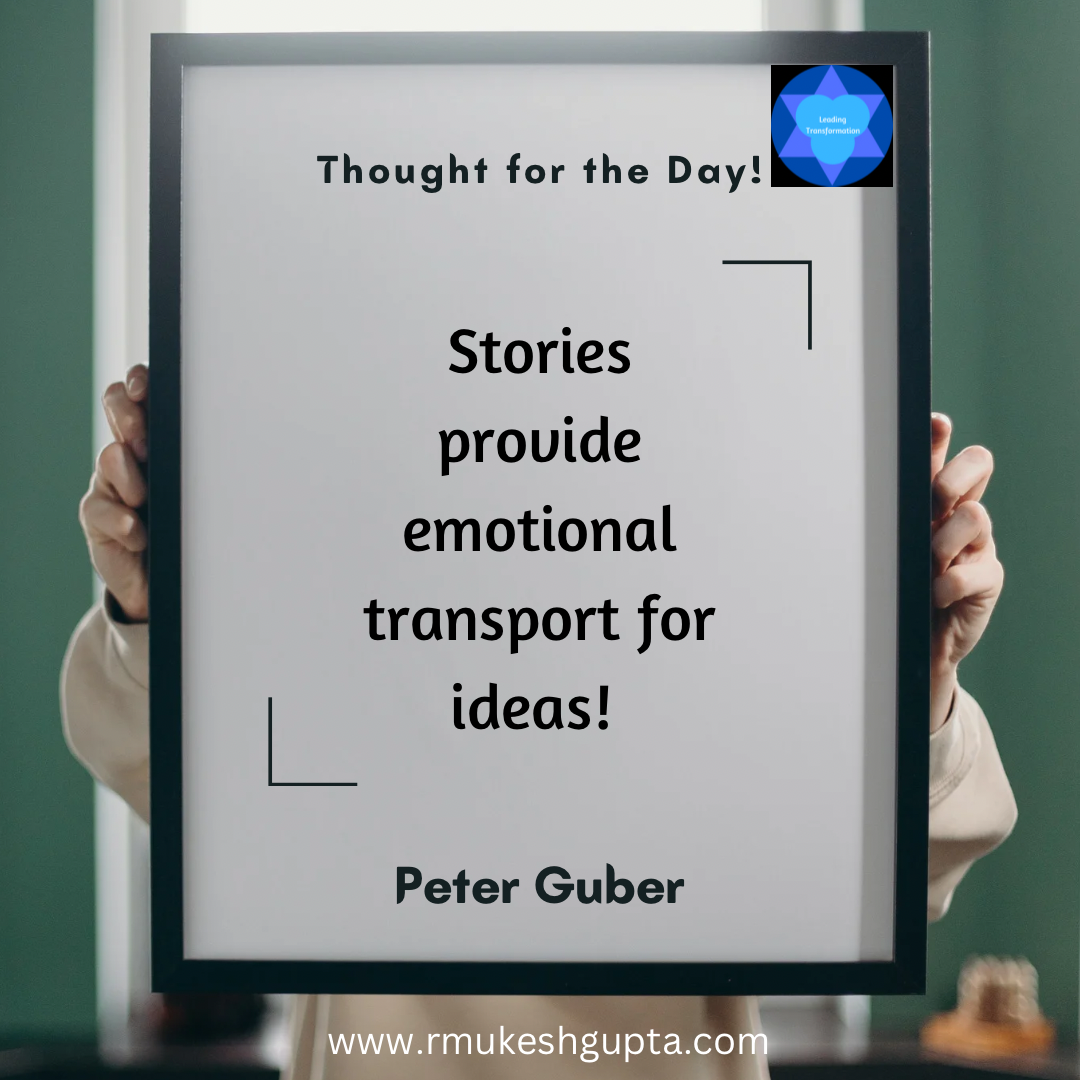 One of the challenges that all entrepreneurs face is managing the workload. Being an entrepreneur is not easy. It takes a lot of time, energy, effort and attention.
One of the challenges that all entrepreneurs face is managing the workload. Being an entrepreneur is not easy. It takes a lot of time, energy, effort and attention.In this short video, Amy Jen Su, shares her perspective of how can we manage our workload and still have peace of mind and not get overwhelmed.
She shares the 4P’s that we need to work on individually in order to achieve the 5th P (Peace of Mind):
Personal Operating system:
What she means is how we do operate as an individual.
- Do we have a single place where we capture everything that comes our way (Landing Pad or Operating System)
- Do we have a way to sort through this and identify what needs to be done today and now?
- Do we know what time in the day are we most effective? Can we use this time to tackle the most important and the highest value adding items on our list? Do you manage your calendar in such a way so as to maximizing this energy rhythms?
- Have we built-in habits and rituals to deal with the highs and lows of our physical energy through the day?
People:
In this part of our professional lives, she talks about the importance of having boundaries.
- Have we set up your personal boundaries (times when we are available, times when we are not available, when can people expect a response from us, etc. Do you have an emergency protocol (what needs to be done in case of an emergency?)
- Have we helped the people who work for you set up their own boundaries?
- Are we comfortable with these boundaries?
- Does our team have a go-to person for a lot of things? How over-worked are they? Are they becoming bottle-necks for our team and our own productivity?
- How can we help our people to improve their productivity so we can have more leverage and thereby become more productive?
Priorities:
In this part, she explains the importance of having clearly defined priorities in our lives. She also uses a 2×2 (Passion * Contribution or value) matrix to talk about different tasks and shares a recommendation for each one of the tasks based on which quadrant they fall in.
One could use this matrix or the one that Stephen Covey made famous or any other matrix. I believe the core purpose of each one of these matrices is to force us to look at each of the task that we do and think about it critically and make a choice:
- Try to eliminate what can be eliminated
- Try to Automate what can’t be eliminated
- Try to delegate what can’t be automated and what is not your area of contribution
- Train to become more efficient at doing tasks where we have the potential for high levels of contribution
- Enjoy tasks that we are good at, love doing and those that add a lot of value.
Presence
In this part, she talks about one of the things that most of us struggle with. This is about being present in the moment, giving someone or something our total attention and focus.
- How long is our attention span? Can we increase this using meditation or training?
- Do we have any “visible or invisible tells” that can inform us about our attention waning? Can we identify this and learn to bring our focus back.
Conclusion:
Amy shares that once we take care of all of these 4 P’s, the 5th P, which is peace of mind can be achieved. I personally believe that this is an ongoing process. One that each of us would benefit from doing at least every quarter. And as we get more and more intentional about not staying in overwhelm territory, we will become more and better at staying calm and at peace. This also offers an additional bonus by increasing our ability to observe opportunities that are present all around us, if only we were present enough to notice them.




